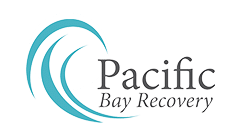Prescription drug abuse is defined as the use of prescription medication in a way not intended by the prescribing doctor. This type of substance abuse may become ongoing and compulsive, despite the patient-facing its negative effects in life.
Prescription drug abuse can affect any age group but it’s more common in young people. It is critical to detect prescription drug abuse early in order to control it through early intervention and to prevent it from turning into an addiction.
The most commonly abused drugs include opioid painkillers, sedatives, anti-anxiety medications, and stimulants.
- Opioids – cause constipation, nausea, euphoria, slow breathing rate, drowsiness, poor coordination.
- Anti-anxiety medications and sedatives – cause drowsiness, confusion, unsteady gait, slurred speech, dizziness, etc.
- Stimulants (methylphenidate, dextroamphetamine, amphetamine, dextroamphetamine) – cause reduced appetite, agitation, high body temperature, high blood pressure, irregular heartbeat, anxiety, etc.
People who abuse these drugs are more likely to steal or forge prescriptions and take higher doses than prescribed. They may also seek prescriptions from more than one doctor
People abuse prescription drugs in order to feel good, get high, relax or relieve tension, to reduce appetite or increase alertness, or to maintain an addiction and prevent withdrawal.
People may become addicted to medications prescribed for medical conditions, such as painkillers. Past or present addictions to other substances, such as alcohol and tobacco play a role. Family history of substance abuse problems is also a risk factor. Younger age is another risk factor, although prescription drug abuse in older adults is also on the rise. Mental health issues also predispose patients to drug abuse.
At our center, we understand the seriousness of prescription drug abuse – how it starts, what triggers it, how it affects lives, and cause devastating and sometimes fatal consequences. This is why we focus on managing pain with non-opioid methods as much as possible.
We pay special attention to the existing condition of the patient so that we can best address the current complaint. We take a detailed history and do proper medication reconciliation to identify red flags.
There are many situations where alternative methods for pain relief that have less potential for addiction are possible. Once prescribed or recommended, we follow up with our patients to ensure compliance, relief from pain, and tolerance issues if any.
It is important to provide adequate pain relief, and we understand that alternative pain relief methods, such as non-opioid medication, meditation, yoga, exercise, herbal supplements, aren’t always as effective. We identify those patients who need serious pain relief and refer them accordingly. But in many cases, patients do find relief from these methods. These patients then, don’t get exposed to opioids that they may have side effects from, or develop dependence for and potentially abuse.
We also counsel the patient on their pain management and how they can choose alternative methods that are much safer. This leads to better understanding and compliance and in many cases, leads to desired results.

